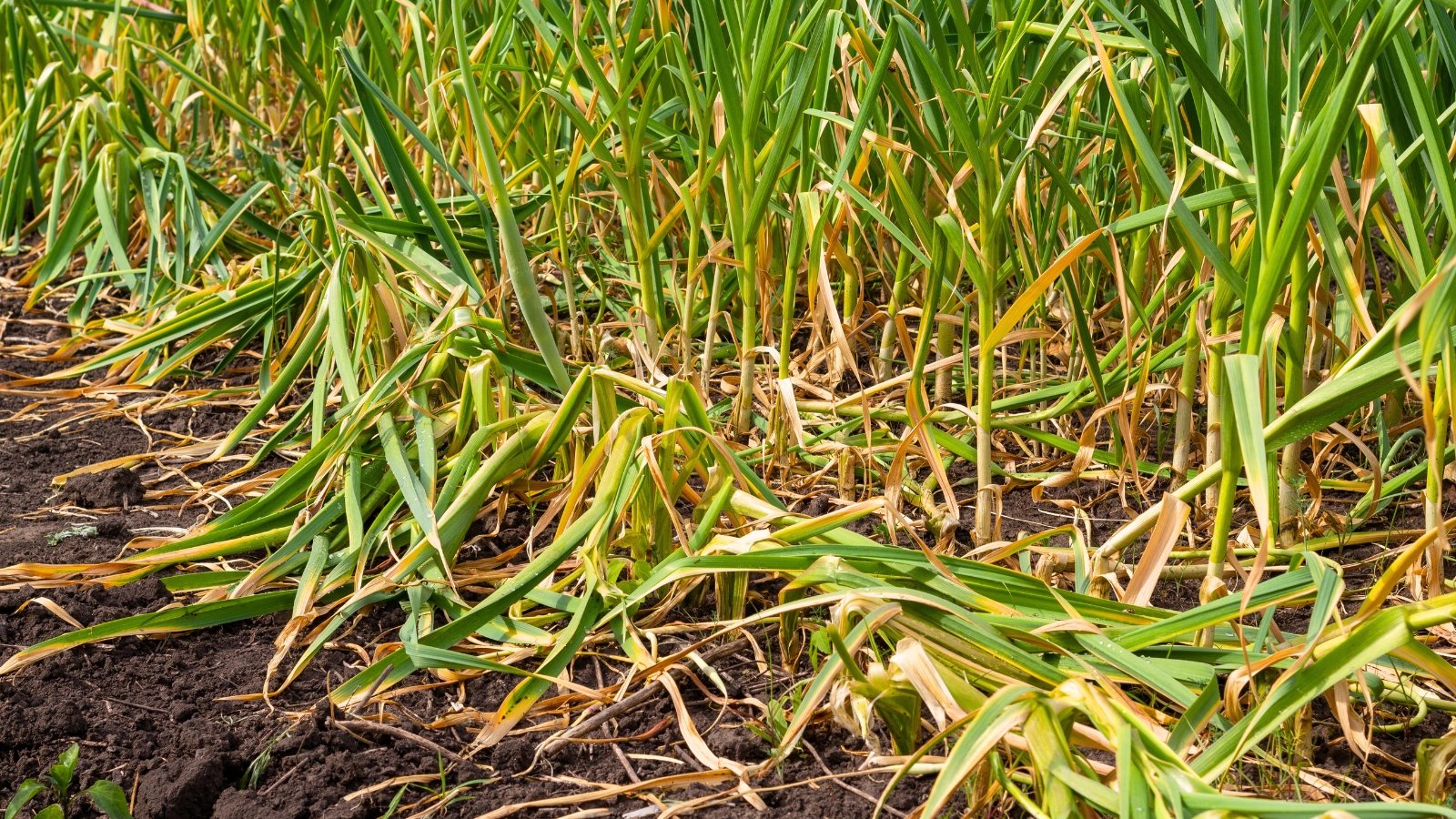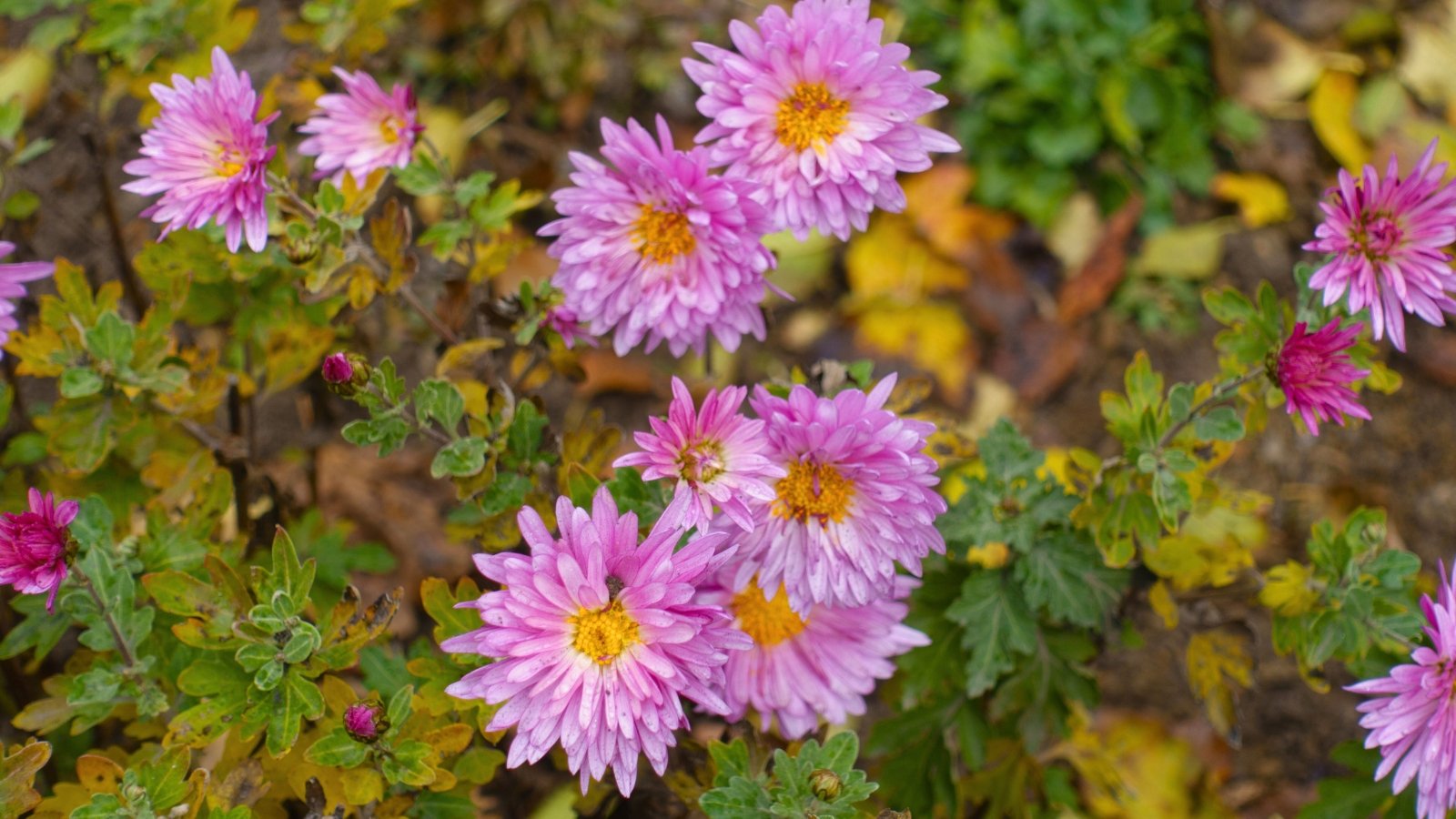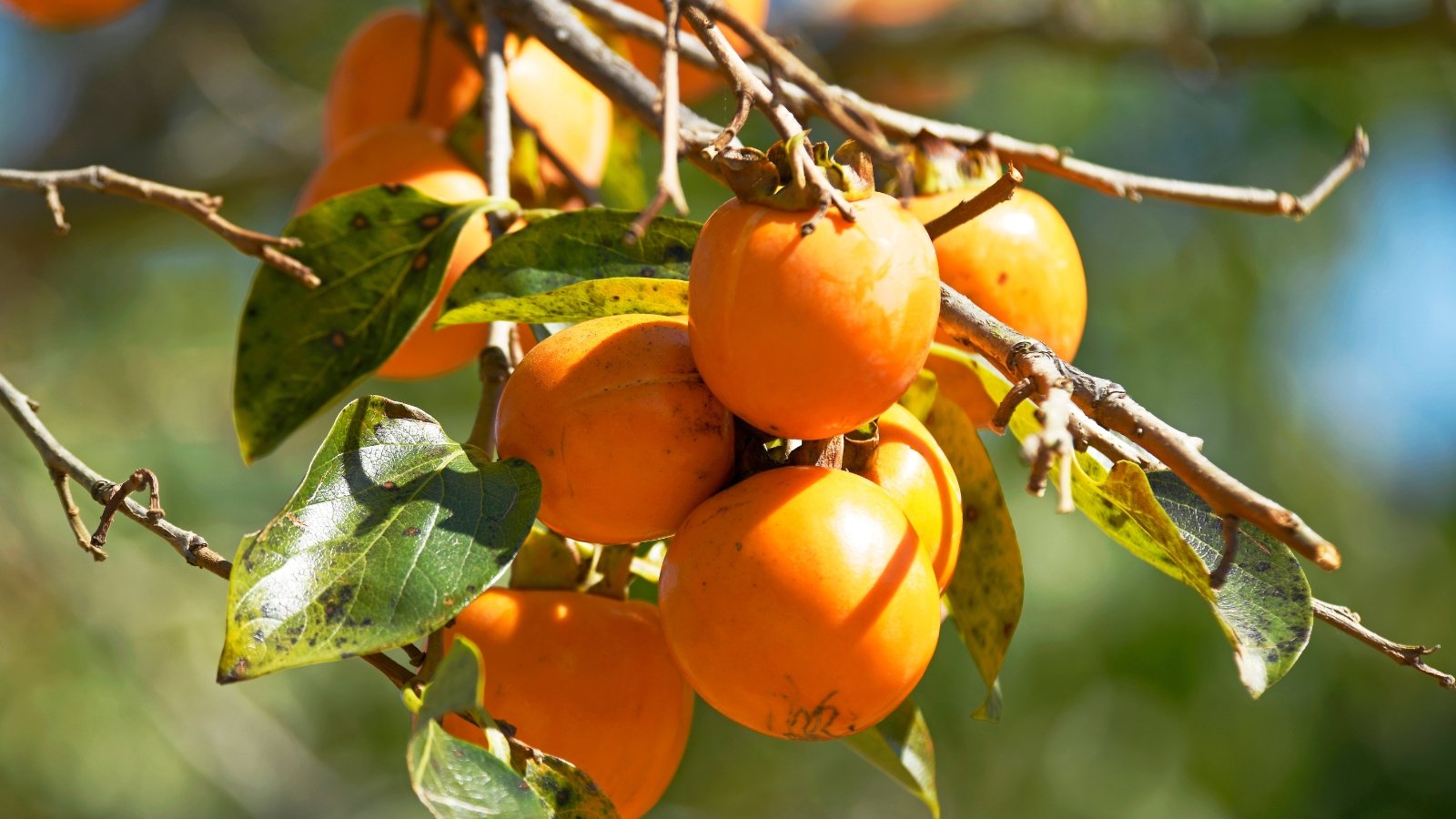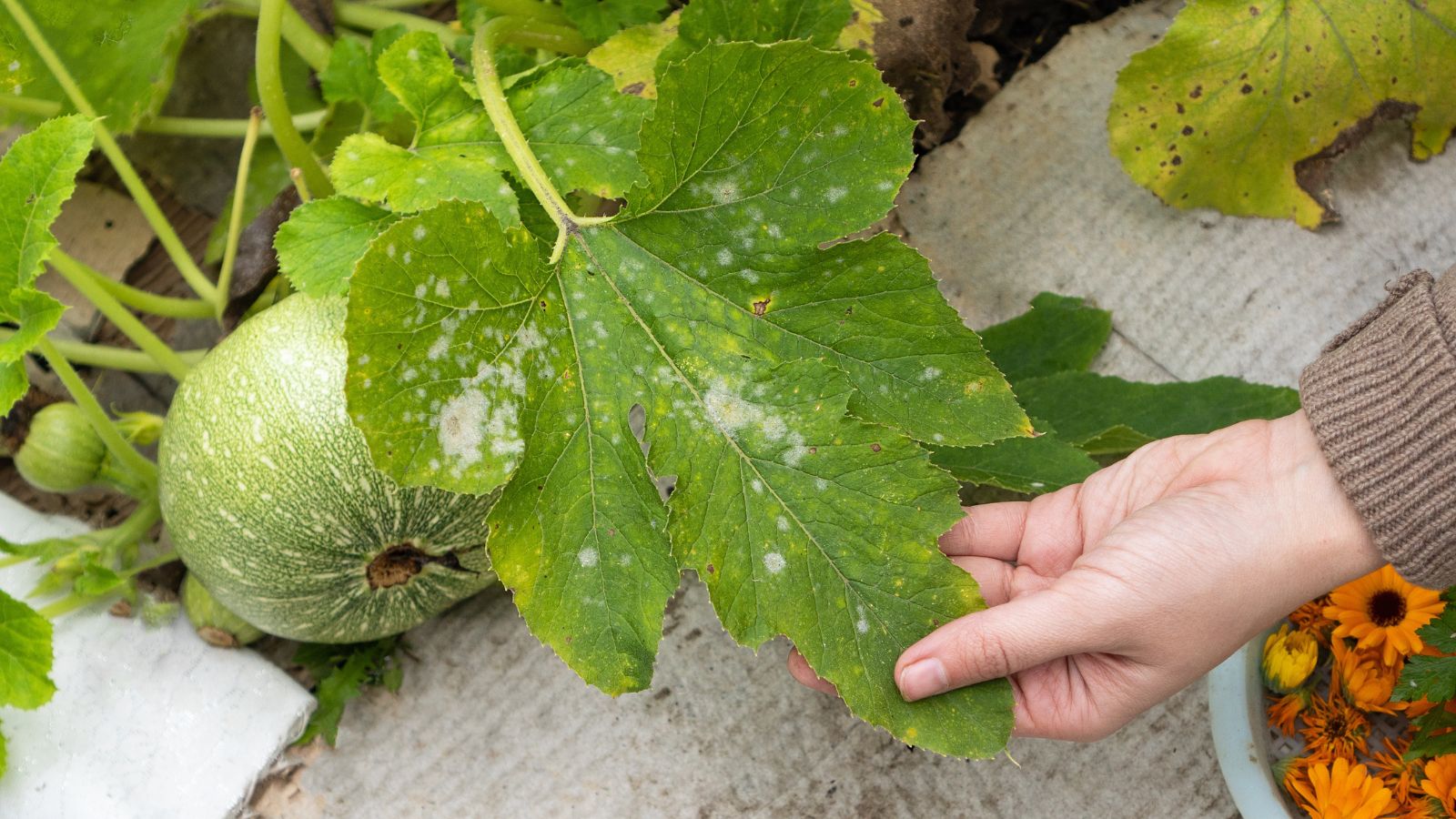
Why Are the Leaves on my Squash Turning White?
[ad_1]
When you’ve labored arduous to take care of your summer season season squash fully happy all by way of the season, watching beforehand inexperienced leaves slowly flip white is understandably distressing. Nevertheless white leaves on squash are surprisingly frequent and by no means as scary as you may suppose.
Should you occur to take a extra in-depth take a look on the leaves, you’ll attainable uncover the leaves themselves have not really modified coloration. As an alternative, they appear white as a consequence of a powdery film on prime of the foliage. It’s a fungal sickness aptly named powdery mildew.
Crops with powdery mildew can have foliage that appear dusted with a white flour. These patches start out small (and doubtless out of sight on the undersides of leaves), slowly spreading to the complete leaf and spherical your yard. Fungal spores are picked up by the wind and unfold into soil, carrying the sickness further.
Top-of-the-line methods to cope with this draw back is to forestall it, nevertheless there are moreover administration methods you must use to keep away from losing your squash crop.
What’s Powdery Mildew?
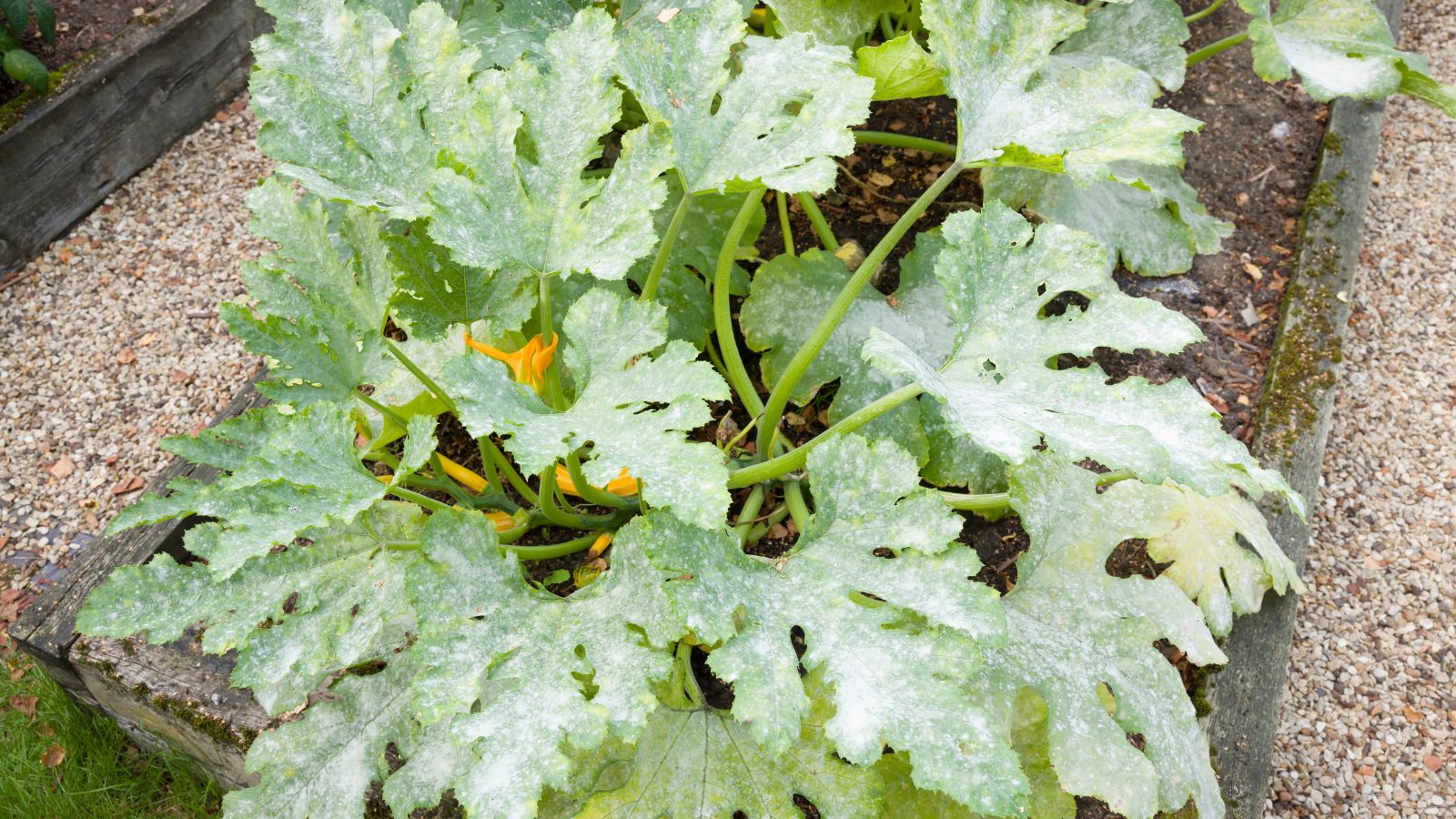

Powdery mildew is an ordinary yard sickness affecting quite a lot of crops, along with cucurbits. In precise reality, it’s seemingly one of many additional frequent cucurbit illnesses.
There are a variety of fungi liable for this white sheen on foliage. In cucurbit crops, the two prevalent species are Podosphaera xanthii and Erysiphe cichoracearum. P. xanthii is additional widespread at current and additional aggressive, spreading quickly in hotter temperatures. E. cichoracearum is frequent inside the cooler months of spring.
Whereas most fungal illnesses appear in moist and chilly local weather, these pathogens normally don’t ideas heat or dry air. They infect impacts squash crops in direction of the tip of summer season season when fruits are maturing, nevertheless can unfold at any time when circumstances are correct.
Spores unfold by the use of the air, so this sickness doesn’t always start in your yard. It sometimes strikes in from neighboring properties. It’s moreover attainable to import the sickness from purchased seedlings. You would even battle for successive years with overwintering spores in plant particles.
How Does It Affect Squash?
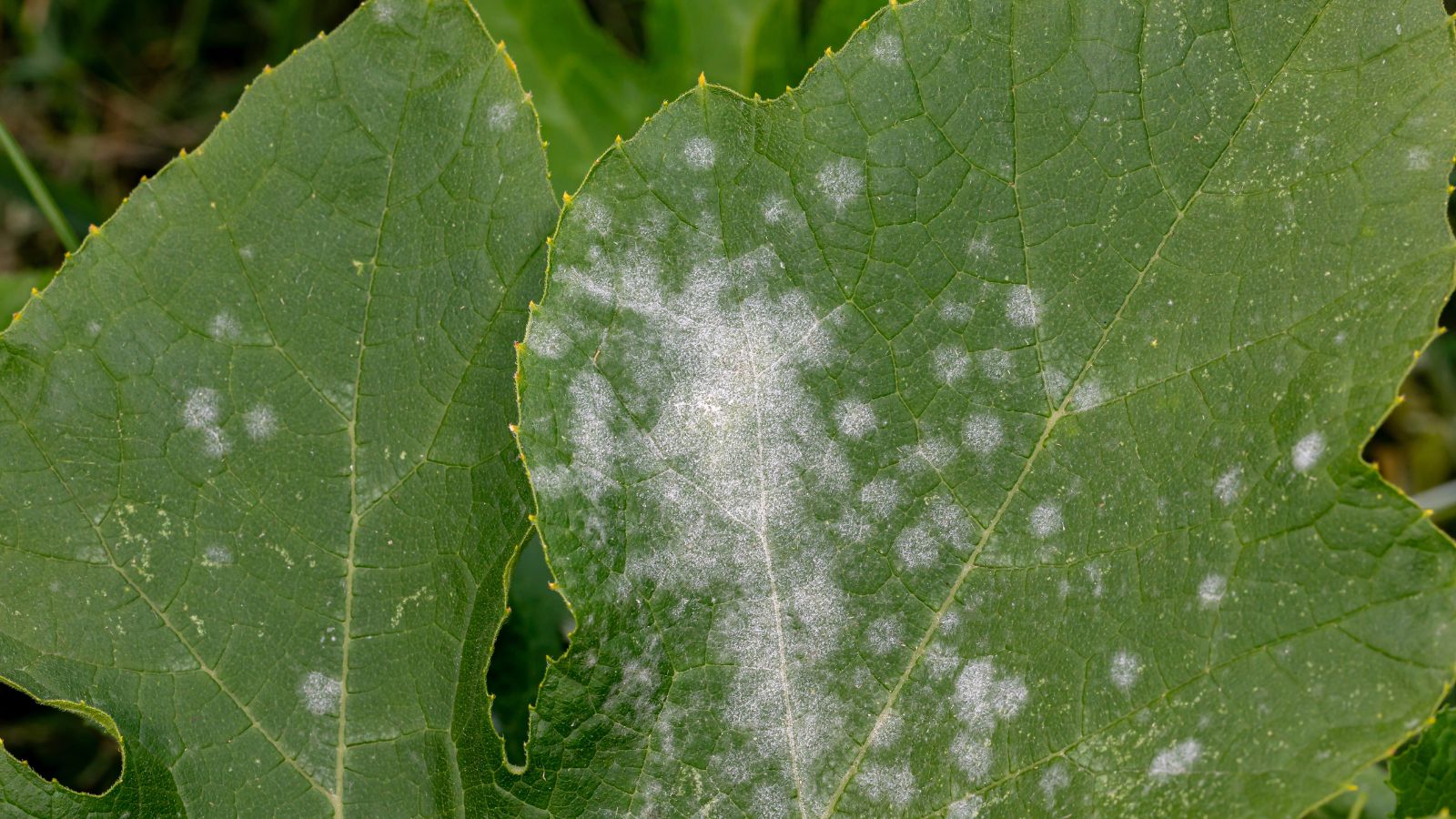

As quickly as spores unfold to your squash, indicators will develop inside a few days to each week. Small white spots appear on the underside of squash leaves and shaded sections of the plant, slowly spreading to cowl the complete leaf over time. You’ll attainable uncover older leaves succumbing first.
The an an infection couldn’t visibly impression improvement at first. Nonetheless, this fungal layer impacts the amount of sunshine the leaves soak up, because of this reality inhibiting photosynthesis. Growth will sluggish over time, impacting yield. Severely impacted leaves may wilt and die off, leaving fruits uncovered to attainable sunburn.
Restricted vitality moreover impacts the usual of fruits. In case your squash is roofed on this white fungal coating, you might even see lowered yield or smaller fruits normal. Your squash may additionally ripen incompletely, impacting your harvest.
This sickness would not instantly kill squash crops or set off as lots damage as a number of of the additional important fungal illnesses. Nonetheless, it does negatively impression improvement and have to be managed early on to forestall unfold spherical your yard.
Learn the way to Take care of It
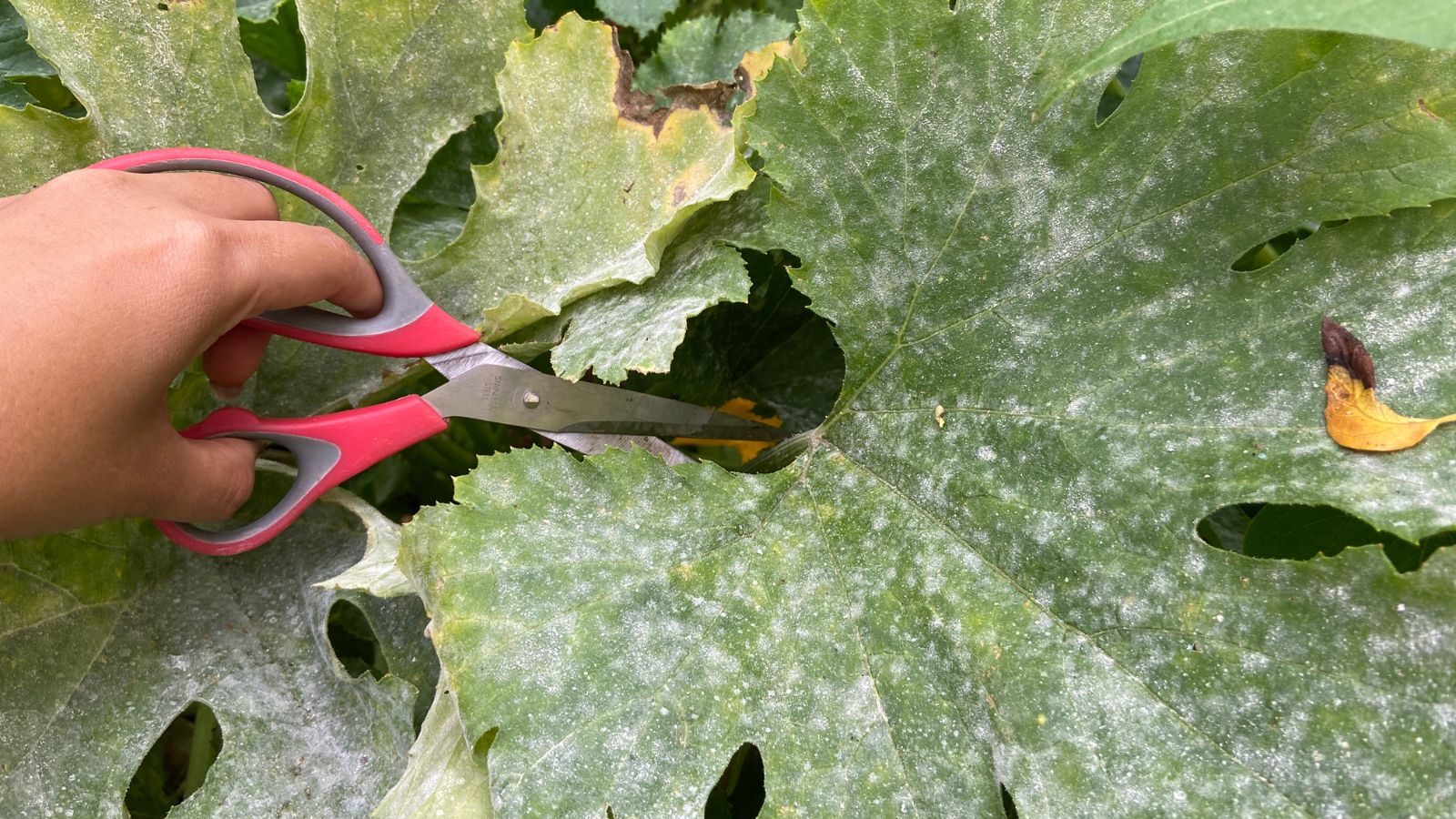

Once you’ve acknowledged that powdery mildew is the set off for white squash leaves, it’s necessary to behave quickly. This draw back spreads rapidly to totally different susceptible crops inside the yard. Although it’s not extraordinarily dangerous, fast movement will stop the difficulty from turning into an excellent larger headache afterward.
When you could have a minor draw back, the only reply is to remove the affected foliage. This gained’t completely take away spores on foliage that haven’t developed indicators however, nevertheless it’s going to stop the issue from spreading.
On no account add diseased foliage to your compost or spherical your yard. Discard any leaves you’re taking away to stop them from inflicting further damage. It’s moreover best to scrub your arms and clear your yard devices sooner than working with one other crops. You don’t want to spend time tackling this sickness solely to understand you are the one spreading it.
In case your squash is completely lined, there are a few sprays you must use to give attention to it. Nonetheless, these are normally used as preventative fairly than treatment measures and mustn’t remove it completely. Neem oil is an ordinary various, along with any fungicide containing Bacillus subtilis.
Learn the way to Forestall White Squash Leaves
Like many illnesses, it’s a lot better to forestall this downside than battle to cope with it. Adjust to these steps firstly of the season to reduce your hazard.
Plant Resistant Varieties
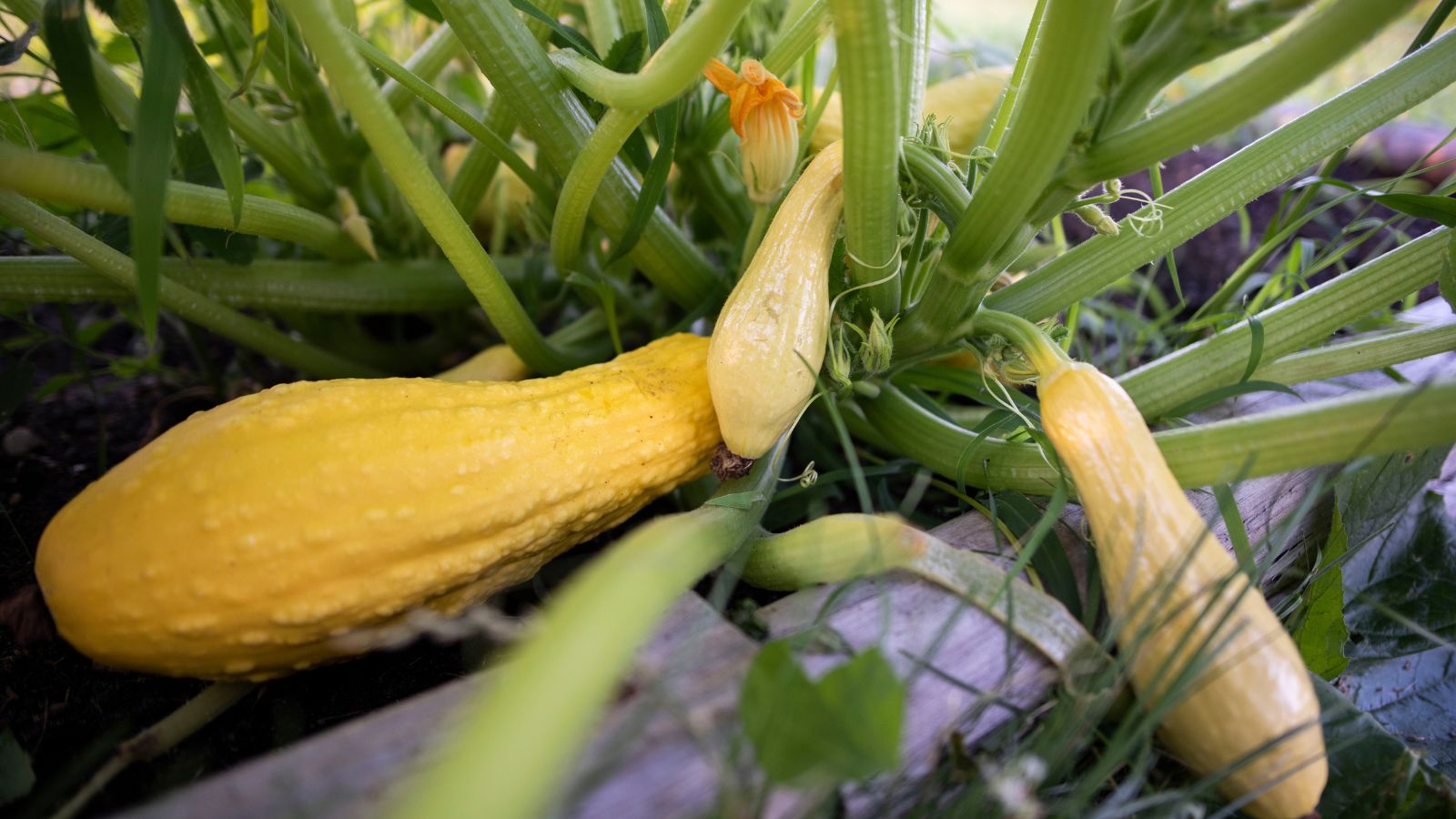

The perfect prevention methodology is to plant mildew-resistant squash varieties. This doesn’t guarantee you gained’t encounter any points, nevertheless does make an an infection far a lot much less attainable.
There are many resistant cultivars to pick from, like ‘Emerald Delight’, which may also be proof against yellow mosaic virus. Moreover, look out for ‘Delta’ and ‘Straightforward Operator,’ a few of plenty of cultivars unlikely to return throughout sickness points.
Steer clear of Overcrowding
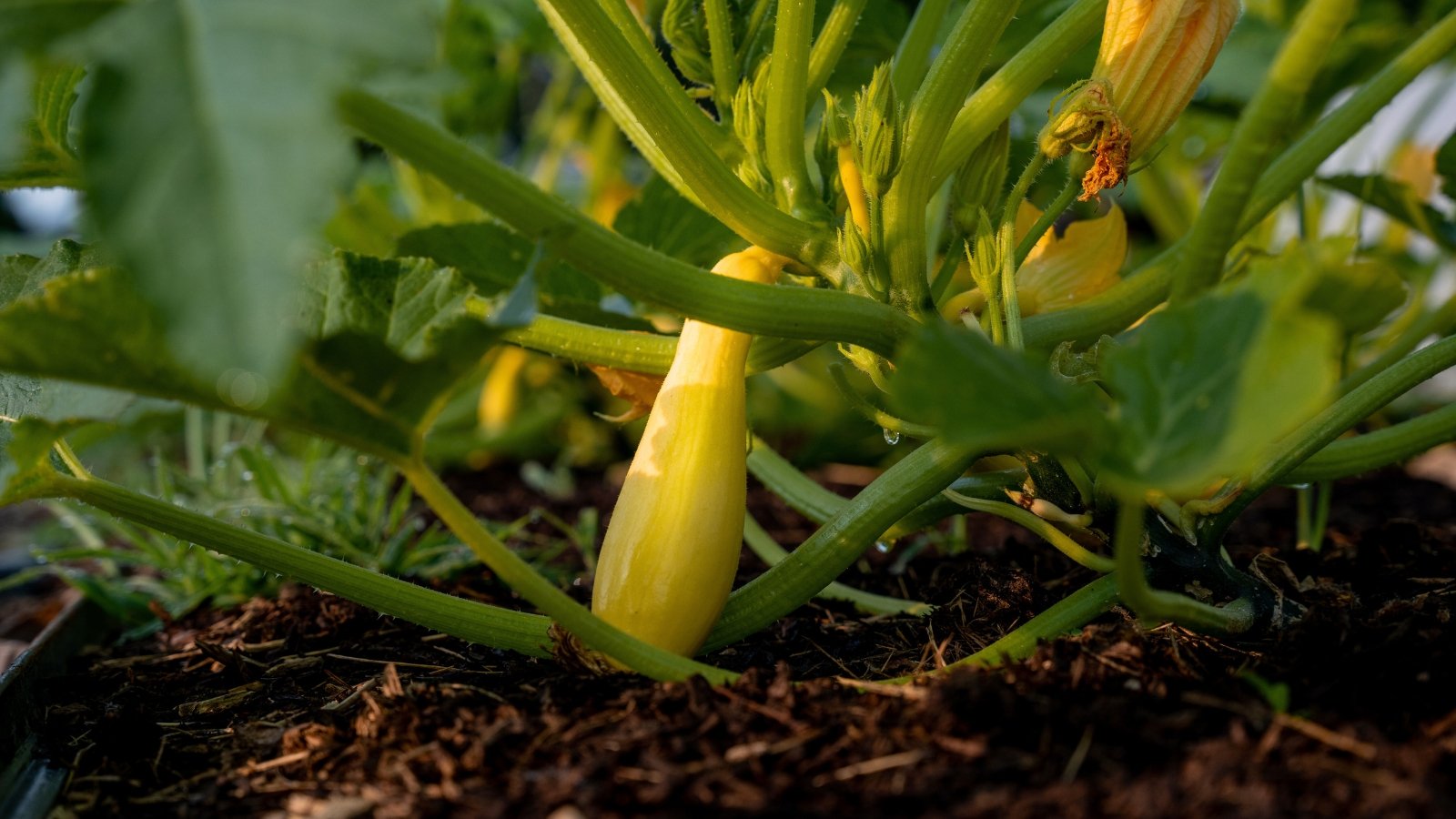

Fungal illnesses unfold best in areas with restricted airflow. To cease an an infection, current a great deal of air circulation spherical your squash crops.
This begins at planting time. Ensure you home your crops precisely based on their mature measurement, giving them room to fill out later. Planting too shut collectively will reduce air circulation as a result of the vines develop, rising your possibilities of powdery mildew.
Should you occur to find excessive improvement and early indicators of mildew, prune the vines to increase airflow. It is also attainable to take away contaminated crops completely in case you could have plenty of planted collectively, sacrificing one for the advantage of the remaining.
Water Repeatedly at Soil Diploma
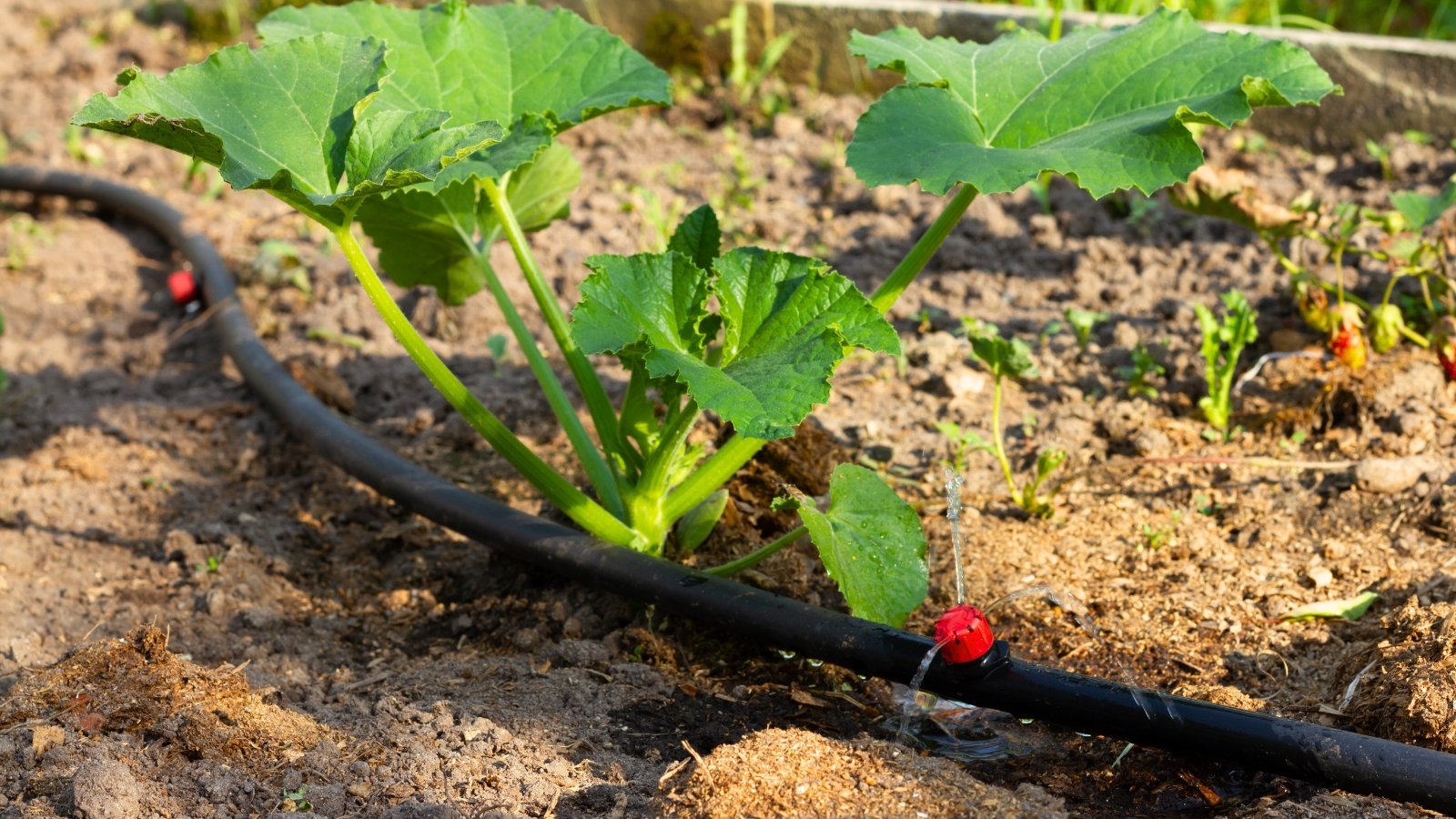

Harassed crops are far more susceptible to pest and sickness points. Lack of water may end up in drought stress which invites points like powdery mildew. The form of watering is important too: use soil-level irrigation to take care of the leaves of your crops dry. Soaker hoses and drip strains are the only irrigation methods.
Hold a continuing watering routine, retaining the soil frivolously moist nevertheless not at all soggy. Modify your watering as temperatures enhance to stop the soil from drying out too quickly. Add a layer of mulch the place attainable to retain moisture and look forward to indicators of stress. This moreover prevents splashing of spores onto the plant.
Should you occur to battle to water on the correct time, it may be greater to place in an irrigation system. This moreover retains water off the foliage and avoids totally different rising points introduced on by lack of water.
Steer clear of Overfertilizing
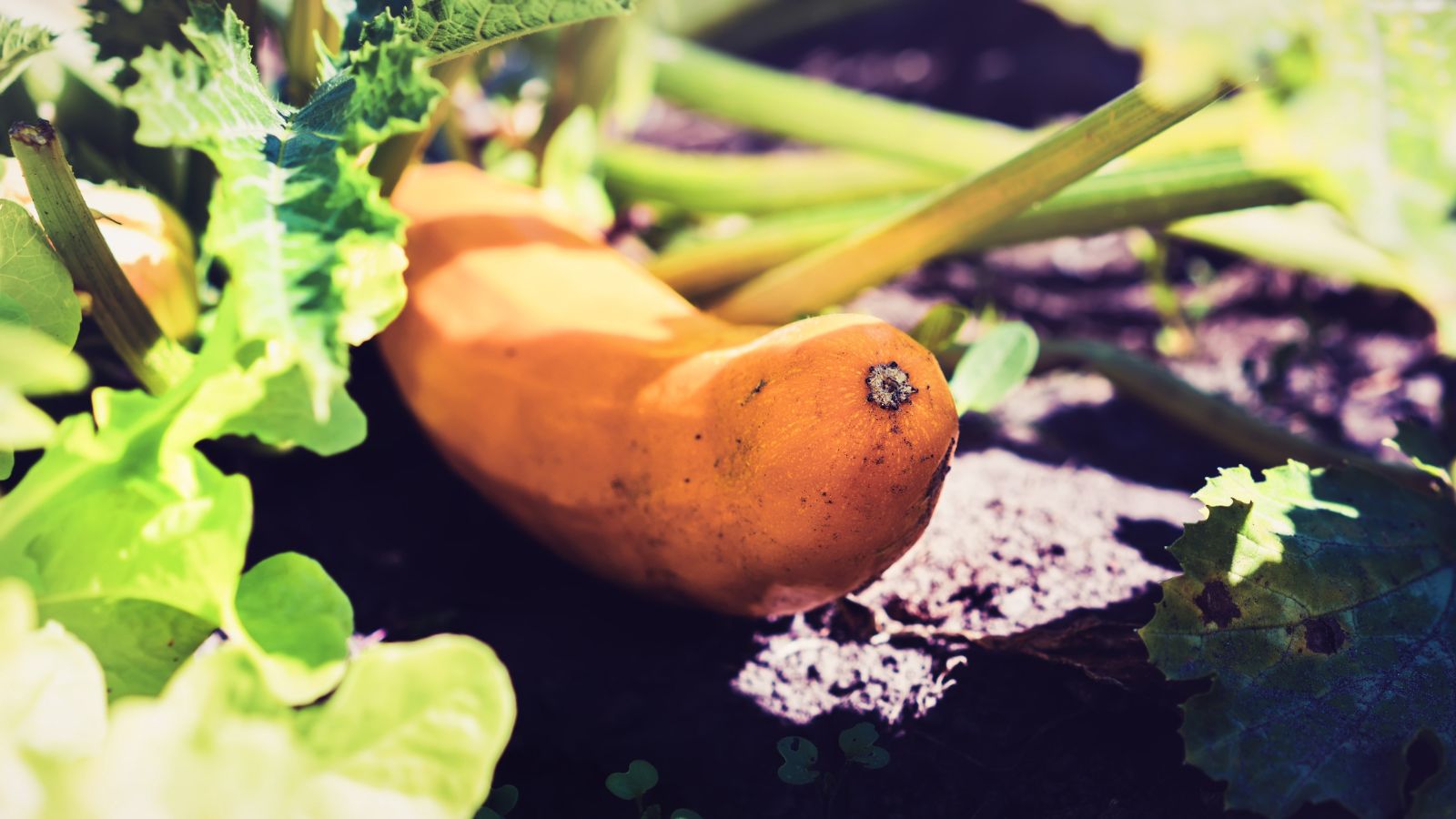

When you encounter rising points in your squash, fertilizer should not be always the reply. Together with an extreme quantity of can really do additional damage than good, stressing the plant and making it additional susceptible to powdery mildew. Should you occur to’re undecided recommendations on the best way to fertilize, it’s greater to feed too little than an extreme quantity of. Conduct a soil examine to search out out whether or not or not your soil is poor in any nutritional vitamins sooner than making an attempt to fertilizers to unravel your points.
[ad_2]
Provide hyperlink
